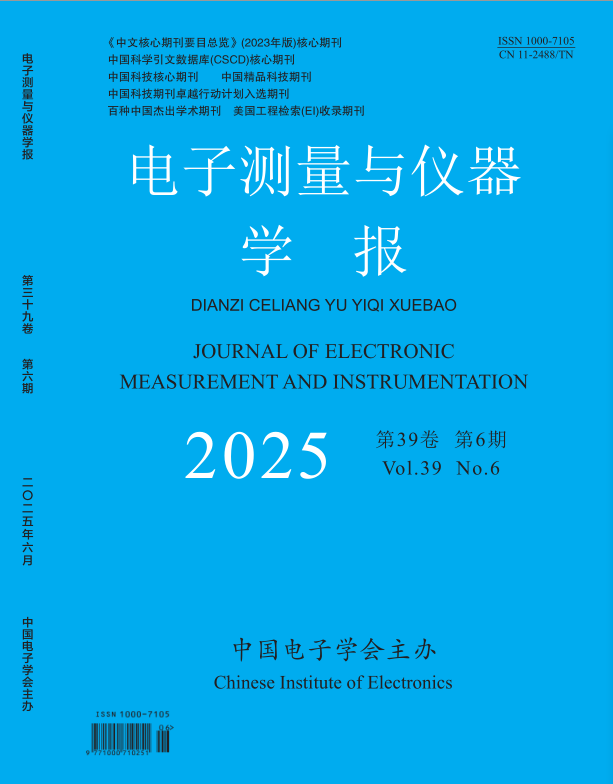2022, 36(10):227-234.
Abstract:The task of lane line detection includes difficult samples such as road wear, shadow occlusion and curves. The line
information in these samples can be missing with different levels, which results in missed or false detection of the detection results. The
detection scheme based on deep learning extracts feature information through convolution operation. Convolution operation discards a
series of tedious operations of traditional image processing, such as manually designing filters, and benefits from weight sharing and
inductive bias, which greatly reduces the workload of feature extraction. This operation not only reduces the image resolution, but also
obtains long-distance information, resulting in the loss of regional edge and other details of the small resolution feature map, which
affects the quality of the detection results. In deep learning, the segmentation model processes more detailed information than the
detection model. Based on the segmentation model, this paper introduces transformer to improve the sampling method and improve the
lack of convolution operation in obtaining global information. After the model is improved, the test accuracy on Tusimple is improved by
0. 4%, the pixel accuracy is improved by 0. 3, and the amount of multiplication and accumulation operation is increased by 36. 09 G.
The results show that the transformer’s unique sampling method can improve the lack of convolution operation sampling, and improve the
situation of missing detection of lane line difficult samples in semantic segmentation network.
